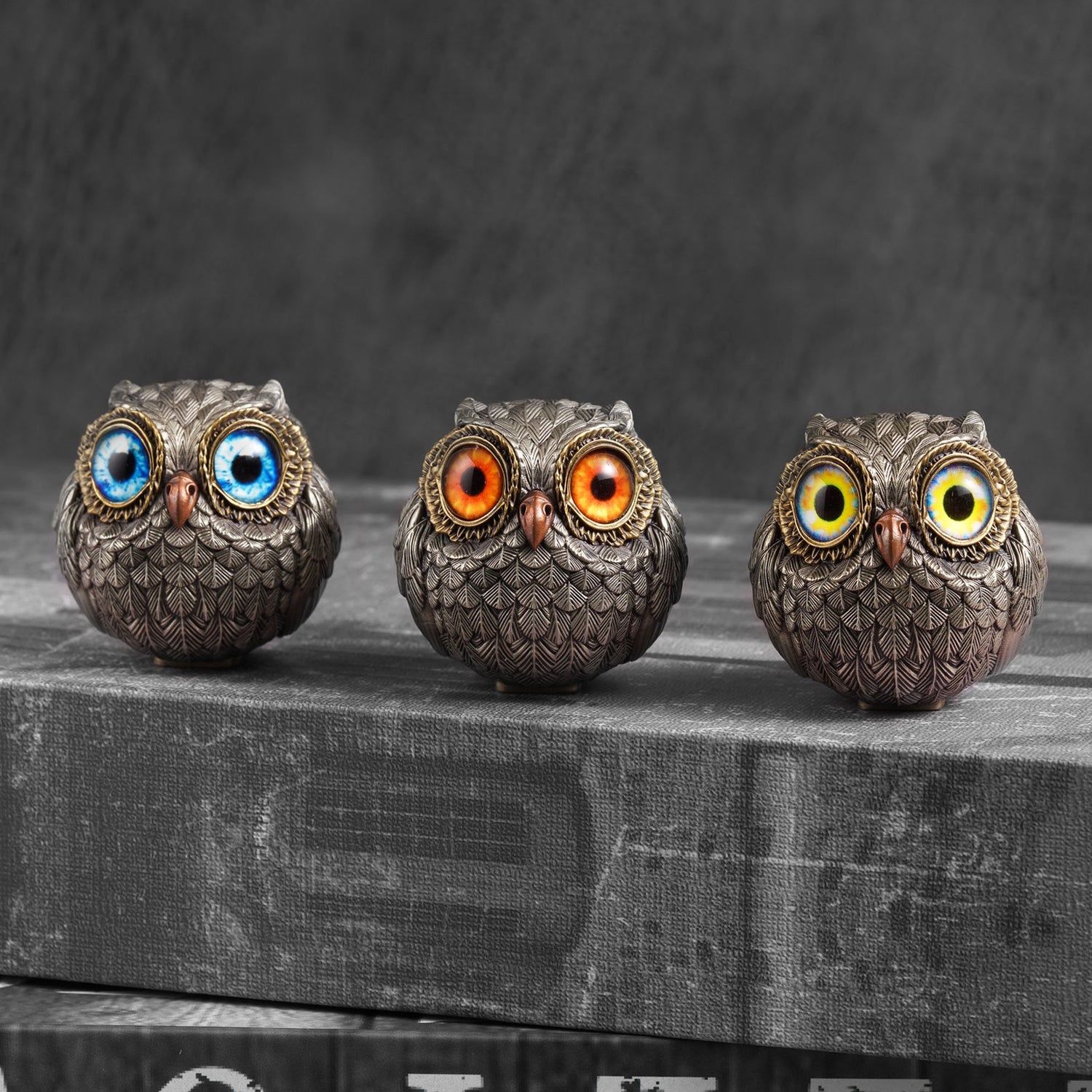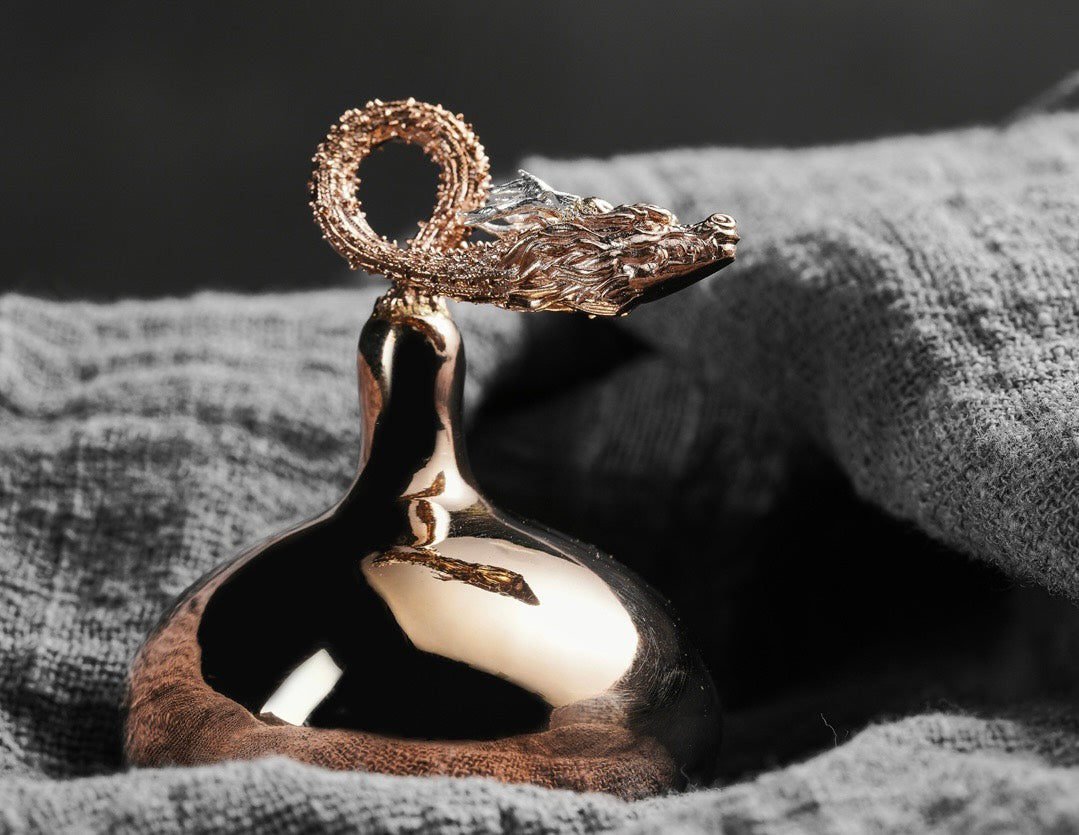Just hearing the name Dragon Gourd stirs a sense of wonder and mystery. This piece is far more than just a decorative item; it’s a vibrant link to the heart of Chinese culture and artistry, weaving together myth, symbolism, and traditional craftsmanship. Whether you’re new to the Dragon Gourd’s symbolism or already fascinated by its rich background, this unique artifact beckons with a promise of discovery and admiration.
The Origins of the Dragon Gourd: Symbols of Myth and Legacy
The Dragon: From Legend to Icon
In Chinese culture, dragons are much more than mythical creatures; they are symbols of strength, authority, and auspicious energy. Across centuries, dragons have adorned palace ceilings, energized vibrant dragon dances during the Lunar New Year, and even represented rain-bringers essential to ancient agricultural life. This extensive presence has embedded dragons deeply into Chinese cultural symbolism, shaping both artistic expression and heritage.
The Gourd: Humble Beginnings, Profound Significance
In contrast, the gourd started its journey as a practical object—a simple vessel for water, wine, or medicine. Over time, however, it grew into a Chinese cultural icon, representing longevity, prosperity, and protection. Within Taoism, the gourd is often seen as a sacred object, capable of holding the universe’s essence and connecting with Feng Shui traditions to bring positive energy. Its unique, figure-eight shape hints at infinity and the endless cycle of life, making the gourd a powerful symbol beyond its humble origins.
The Dragon Gourd: A Marriage of Power and Grace
The Dragon Gourd beautifully fuses the mighty symbolism of the dragon with the spiritual qualities of the gourd—a testament to centuries of artistic refinement and cultural reverence. This traditional object became popular in the Ming and Qing dynasties, during which artisans infused their work with both beauty and deep symbolic meaning, creating Chinese talismans thought to bring health, wealth, and protection. For collectors, a Dragon Gourd represents both an artistic masterpiece and a spiritual icon, as these gourds were designed to embody a potent blend of Chinese heritage and symbolic power.

Crafting the Dragon Gourd: A Dance of Material and Skill
Choosing the Right Medium
Creating a Dragon Gourd begins with carefully selecting the right material. Artisans may choose wood, ceramic, or metal, each contributing a unique quality to the final piece. For example, a wooden Dragon Gourd offers a warm, organic feel, while a ceramic one shines with a glossy elegance. This choice is essential, as it lays the foundation and helps define the cultural and Feng Shui significance of the Dragon Gourd, breathing the first hint of life and soul into this cultural artifact.
Carving: The Dragon Comes to Life
The process of carving is where the Dragon Gourd truly comes to life. Skilled artisans meticulously carve the dragon, capturing each scale and curve to evoke power and grace. These detailed carvings transform the Dragon Gourd into a symbol of cultural significance and an embodiment of Chinese dragon art. This stage demands not only technical skill but also a deep understanding of the dragon’s cultural symbolism, as every element—from the dragon’s body to its dynamic pose—serves to enhance the piece’s impact.
Color: Infusing Spirit into Form
The final stage in crafting a Dragon Gourd is applying color, which adds spirit and depth to the piece. Ceramic gourds often undergo traditional glazing techniques, creating a rich, lustrous finish that enhances their beauty. For Feng Shui enthusiasts, the colors used in a Dragon Gourd are especially significant, as each shade carries its own meaning: red symbolizes good fortune, while gold represents wealth and power. This combination of colors transforms the gourd into a piece of art that radiates both aesthetic appeal and spiritual symbolism, appealing to Chinese culture collectors and home décor enthusiasts alike.
The Cultural and Feng Shui Significance of the Dragon Gourd
Feng Shui: A Source of Protection and Prosperity
In Feng Shui practices, the Dragon Gourd is highly regarded as a powerful source of protection and prosperity. Thought to absorb and transform negative energy into positive forces, it is often strategically placed in homes to enhance harmony, attract wealth, and ensure health. This practice aligns with the traditional Chinese belief that specific placements of cultural objects, such as the Dragon Gourd, can create an environment conducive to happiness and success.
The Taoist Sacred Symbol
In Taoism, the Dragon Gourd is more than an ornament; it’s a sacred ritual tool used to protect and ward off negative energies. Within Taoist practices, the gourd represents containment and the dragon symbolizes the ultimate cosmic power, combining to create an emblem of yin and yang balance. In this context, the Dragon Gourd serves as a spiritual and cultural symbol, a testament to the Chinese pursuit of harmony and connection with nature.
Modern Day: A Symbol of Legacy and Style
Today, the Dragon Gourd has found its way into modern décor, seamlessly blending tradition with contemporary style. Displayed in homes or offices, it serves as a cultural statement piece, bringing ancient Chinese symbolism into the heart of today’s living spaces. Beyond its beauty, the Dragon Gourd is often chosen for its reputed ability to enhance Feng Shui, bringing balance, fortune, and protection to the home. Its timeless symbolism makes it an enduring piece for anyone interested in Chinese heritage and spiritual art.
The Artistic and Market Value of the Dragon Gourd
A Testament to Artistry
Each Dragon Gourd is a labor of love, reflecting the artisan’s dedication to preserving Chinese art and tradition. These intricate gourds captivate not only for their beauty but for the cultural stories they tell. Collectors and enthusiasts prize them as symbols of Chinese cultural heritage, artistic expression, and spiritual depth.
Collecting Dragon Gourds: A Journey Through Time
In the collector's market, Dragon Gourds—especially antique ones from the Ming and Qing dynasties—are highly valued for their rarity and cultural significance. Modern Dragon Gourds continue this legacy, created by artisans who honor tradition while adding personal innovation. These gourds appeal to both traditional collectors and art enthusiasts interested in the depth and mystery of Chinese cultural artifacts.
Understanding the Value of a Dragon Gourd
Evaluating a Dragon Gourd involves understanding its history, craftsmanship, and condition. Older gourds, especially those from well-documented backgrounds, are highly prized. Finely carved details, vibrant colors, and good preservation add to their worth. For collectors, a Dragon Gourd isn’t merely an object; it is a piece of Chinese history and a custodian of artistic tradition.
The Future of the Dragon Gourd: Tradition Meets Innovation
New Interpretations for Modern Times
The Dragon Gourd, like many traditional Chinese crafts, is evolving. Contemporary artists are blending classic designs with modern materials, creating Dragon Gourd art that appeals to both traditionalists and modern art lovers. This evolution respects the Dragon Gourd’s symbolic integrity while offering fresh interpretations that resonate with today’s global audience.
A Global Stage for Chinese Artistry
With growing international interest in Chinese culture, the Dragon Gourd is finding appreciation far beyond China. Art enthusiasts around the world are beginning to recognize its rich symbolism and artistry, helping establish a place for the Dragon Gourd on the global art stage.
Balancing Change and Tradition
The future of the Dragon Gourd lies in balancing innovation with reverence for tradition. As artisans push creative boundaries, they ensure that the core symbols of the dragon and gourd remain true to their roots, making the Dragon Gourd a timeless testament to the beauty and endurance of Chinese cultural heritage.
The Dragon Gourd is far more than an art piece. It is a symbol of China’s cultural identity, ancient wisdom, and artistic mastery. Whether it’s displayed in a modern home or held in the hands of a Taoist priest, the Dragon Gourd remains a beacon of protection, fortune, and beauty. Its journey from ancient China to the world stage ensures that it will continue to enchant and inspire for generations to come, bridging past and present with each unique carving and symbol.













